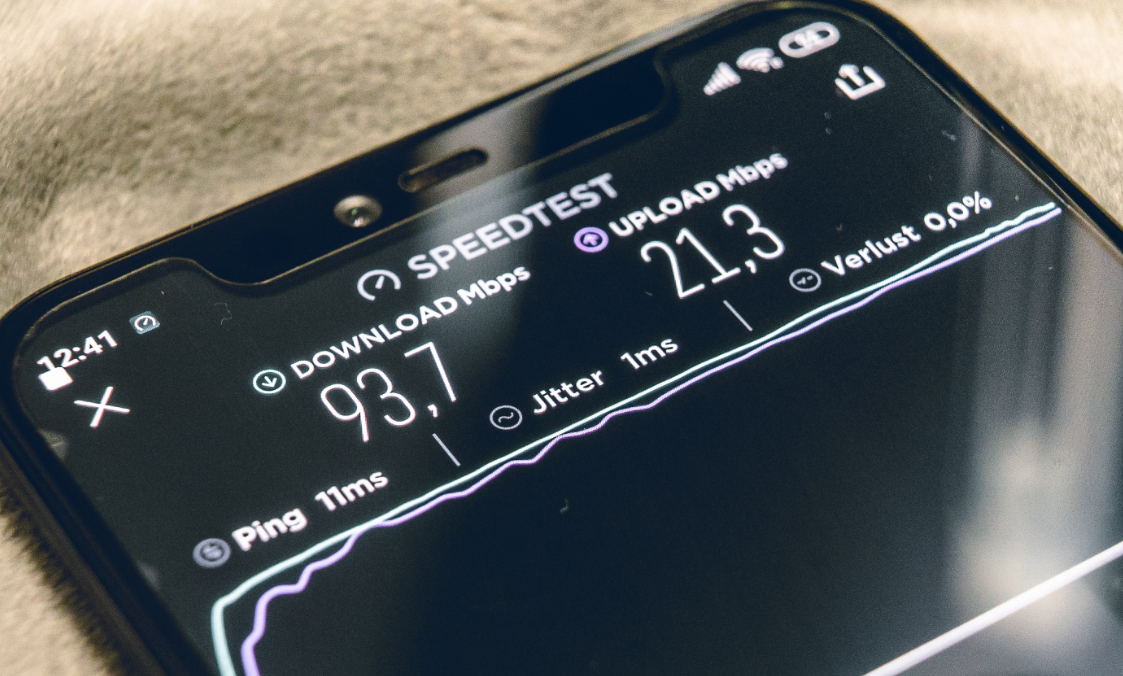Opensignal, the leading global provider of independent insight and data into network experience and market performance, last week published their latest report on Mobile Network Experience for the second half of this calendar year.
Their reports and insights are the independent global standard for understanding the true state of the world’s communications networks based on measurements of real user experience.
The Mobile Network Experience Report is based on crowdsourced data (the process of obtaining data from a large number of sources in order to generate insights). It was gathered from users on hundreds of thousands of devices, including smartphones.
Data was collected between the 1st June and the 29th August 2023. This latest report looks at mobile broadband services (4G and 5G) from the 4 primary UK mobile operators and how they compared across various categories. The operators are:
- EE
- Vodafone
- O2
- Three UK
Which network delivered the best mobile broadband performance?
Overall, the best networks seemed to be EE and Three UK.
In this study, it mostly looked at the combined performance of 3G, 4G and 5G networks. However, it did look at some 5G connections individually.
In 1st Place
The most awards went to EE. They won 7 of the categories, and came joint top on 3 others. This is slightly less than last year, when they won 8 categories and came joint top in 5.
In 2nd Place
Three UK took 2nd place, which matches their top performance in other studies for availability and download and upload speeds on 5G.
They also came joint top for 5G Video Experience and 5G Live Video Experience.
The Winners by Category
You can see which of the various categories were won by which network in the infographic below.
You can see that O2 were the bottom of the pile with just one award, which was joint with all 3 of the other networks for 5G Availability.
Vodafone had just one award (for Voice App Experience) along with 4 joint winnings for Video Experience, 5G Video Experience, 5G Live Video Experience and 5G Availability.
With thanks to Opensignal for the graphic detailing the categories and winners.
Download Speed Experience – All Mobile Connections
| Network | Download Speed H2 (Mbps) | Download Speed H1 (Mbps) |
| EE | 40 | 47.7 |
| Three UK | 34.5 | 35.4 |
| Vodafone | 27 | 25 |
| O2 | 20.9 | 19.3 |
Download Speeds – 5G
| Network | Download Speed H2 (Mbps) | Download Speed H1 (Mbps) |
| Three UK | 205.5 | 237.7 |
| Vodafone | 114.3 | 100.6 |
| EE | 99.5 | 122.3 |
| O2 | 77 | 75 |
Upload Speed Experience – All Mobile Connections
| Network | Upload Speed H2 (Mbps) | Upload Speed H1 (Mbps) |
| EE | 9.3 | 9.8 |
| Vodafone | 8 | 8.2 |
| Three UK | 6.3 | 6.2 |
| O2 | 5.1 | 5.1 |
Upload Speeds – 5G
| Network | Upload Speed H2 (Mbps) | Upload Speed H1 (Mbps) |
| Three UK | 17.5 | 17.3 |
| EE | 15.9 | 16.9 |
| Vodafone | 14.9 | 14.9 |
| O2 | 9.8 | 9.8 |
UK Availability % – All Mobile Connections
| Network | % UK Availability H2 | % UK Availability H1 |
| Three UK | 99.1 | 99 |
| EE | 98.5 | 98.3 |
| Vodafone | 97.5 | 97.3 |
| O2 | 97.3 | 97 |
UK Availability % – 5G
| Network | % UK Availability H2 | % UK Availability H1 |
| EE | 10.6 | 9.8 |
| Three UK | 10.3 | 10.6 |
| O2 | 10.1 | 8 |
| Vodafone | 10 | 9.7 |
Summary
You’ll see from the data above that performance leaders EE and Three UK have actually lost some of their download speed in comparison with the first half of the year (H1). For EE, this meant a drop from 2nd to 3rd place in the 5G download performance category.
The availability of 5G performance (measured using the % of time spent on a 5G connection) improved across all networks with O2 delivering the biggest overall increase despite being near the bottom for the majority of categories.
Unfortunately, it would seem that their merger with Virgin Media (VMO2) hasn’t shown to have had much of an impact on performance as they remain the lowest rated mobile operator across most of the categories which remained a common trend over recent years.
It’s good to note that as with most pieces of research, studies of this nature do have their limitations. The data set, as mentioned above, was crowdsourced meaning that this app-based data can be affected by various limitations and factors such as the location of the device and the various plans being used on those devices.
It also doesn’t allow a solid baseline as there are no common bases across hardware and environment.
So remember that collected data and testing performance in this way may not always give a complete picture. However, Opensignal are one of the more reliable organisations when it comes to analysing data such as this.
Which mobile network operator are you with – And would you agree with the results?




